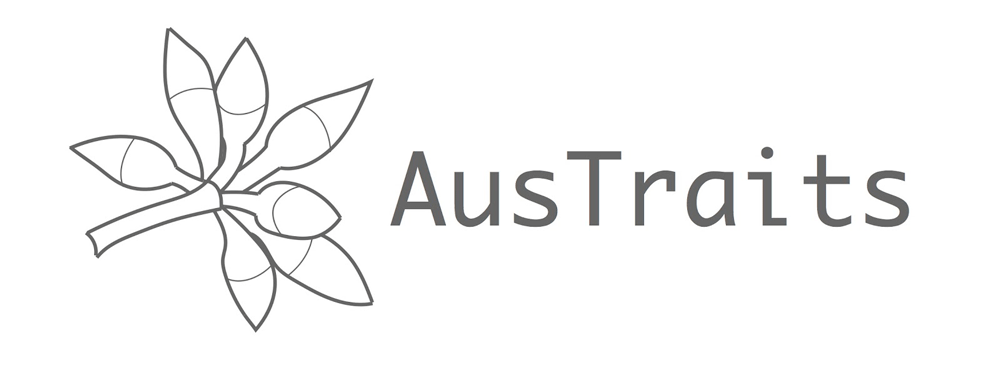Conservation Status
Online Resources
Occurrence records map (0 records)
Datasets
datasets have provided data to the Atlas of Living Australia for this species.
Browse the list of datasets and find organisations you can join if you are interested in participating in a survey for species like Triodia pungens
Types
Specimens
Images
Misidentified

Names and sources
| Accepted Name | Source |
|---|---|
| Triodia pungens |
|
| According to:Council of Heads of Australasian Herbaria (2007), Australian Plant Census | |
| Published in:Brown, R. (27 March 1810), Prodromus florae Novae Hollandiae et insulae Van-Diemen, exhibens characteres plantarum quas annis 1802-1805 [182] | |
| Synonym | Source |
|---|---|
| Triodia pungens var. parvidentata heterotypic |
|
| Published in:Burbidge, N.T. (1960), Further notes on Triodia R.Br. (Gramineae) with description of five new species and one variety. Australian Journal of Botany 8(3) [383] | |
| Triodia pungens var. linearis heterotypic |
|
| Published in:Burbidge, N.T. (1953), The Genus Triodia R.Br. (Gramineae). Australian Journal of Botany 1(1) [145] | |
| Triodia pungens var. pungens homotypic |
|
| Published in:Burbidge, N.T. (1953), The Genus Triodia R.Br. (Gramineae). Australian Journal of Botany 1(1) [145] | |
| Triodia vulnerans heterotypic |
|
| Published in:Domin, K. (1915), Beitrage zur Flora und Pflanzengeographie Australiens. Bibliotheca Botanica 20(85) [385-386] | |
| Triodia pungens f. microstachya heterotypic |
|
| Published in:Domin, K. (1915), Beitrage zur Flora und Pflanzengeographie Australiens. Bibliotheca Botanica 20(85) [385] | |
| Triodia pungens f. pungens homotypic |
|
| Published in:Domin, K. (1915), Beitrage zur Flora und Pflanzengeographie Australiens. Bibliotheca Botanica 20(85) [385] | |
| Sieglingia pungens () homotypic |
|
| Published in:Kuntze, C.E.O. (5 November 1891), Revisio Generum Plantarum 2 [789] | |
| Festuca viscida () heterotypic |
|
| Published in:Mueller, F.J.H. von (1864), The Vegetation of the Chatham-Islands [59] | |
| Triodia viscida heterotypic nom. illeg. |
|
| Published in:Roemer, J.J. & Schultes, J.A. (1817), Systema Vegetabilium Edn. 16, 2 [599] | |
| Common Name | Source |
|---|---|
| Coastal Spinifex Australia Australia |
|
| Gummy Spinifex Australia Australia |
|
| Gummy Spinifex Australia Australia | |
| Gummy Spinifex Australia Australia |
|
| Gummy Spinifex Australia Australia |
|
| Gummy Spinifex Australia Australia |
|
| Hills Spinifex Australia Australia |
|
| Soft Spinifex Australia Australia |
|
| Soft Spinifex Australia Australia |
|
| Soft Spinifex Australia Australia |
|
| Soft Spinifex Australia Australia |
|
| Name | Source |
|---|---|
| Triodia pungens accepted |
|
| Identifier | Source |
|---|---|
| https://id.biodiversity.org.au/instance/apni/637686 Taxon Concept current |
|
| https://id.biodiversity.org.au/node/apni/2921153 Taxon current |
|
| https://id.biodiversity.org.au/name/apni/60242 Scientific Name current |
|
| http://id.biodiversity.org.au/node/apni/2921153 Taxon unknown |
|
Classification
- kingdom
- Plantae
- phylum
- Charophyta
- class
- Equisetopsida
- subclass
- Magnoliidae
Charts showing breakdown of occurrence records (0 records)
Name references found in the Biodiversity Heritage Library
| Data sets | Licence | Records |
|---|

The trait data shown here are a selection from AusTraits, an open-source, harmonised database of Australian plant trait data, sourced from individual researchers, government entities (e.g. herbaria) or NGOs across Australia. Traits vary in scope from morphological attributes (e.g. leaf area, seed mass, plant height) to ecological attributes (e.g. fire response, flowering time, pollinators) and physiological measures of performance (e.g. photosynthetic gas exchange, water-use efficiency.)
These traits are a sampler of those available in AusTraits. The data presented here are summary statistics derived from all field-collected data on adult plants available from AusTraits. Since the data presented are derived from the wide variety of sources in AusTraits, both the numeric trait statistics (min, mean, max) and categorical trait summaries (frequency of each trait value) that have been merged together could include data collected using different methods. The values presented for this species may reflect a summary of data from one or many sources, one or many samples from one or many adult plants at one or many locations. They may therefore differ from those presented elsewhere on the ALA platform and users are encouraged to download a spreadsheet of the full AusTraits data for this species via the download CSV button to view the accompanying details about the data sources before further use.
Categorical Traits
* Data sources in AusTraits report multiple values for this trait, suggesting variation across the taxon's range and life stages. Please download the raw data with information about the context of data collection to assess whether they are relevant to your project.| Trait Name | Trait Value | Definition |
|---|
Numeric Traits
| Trait Name | Min | Mean | Max | Unit | Definition |
|---|
